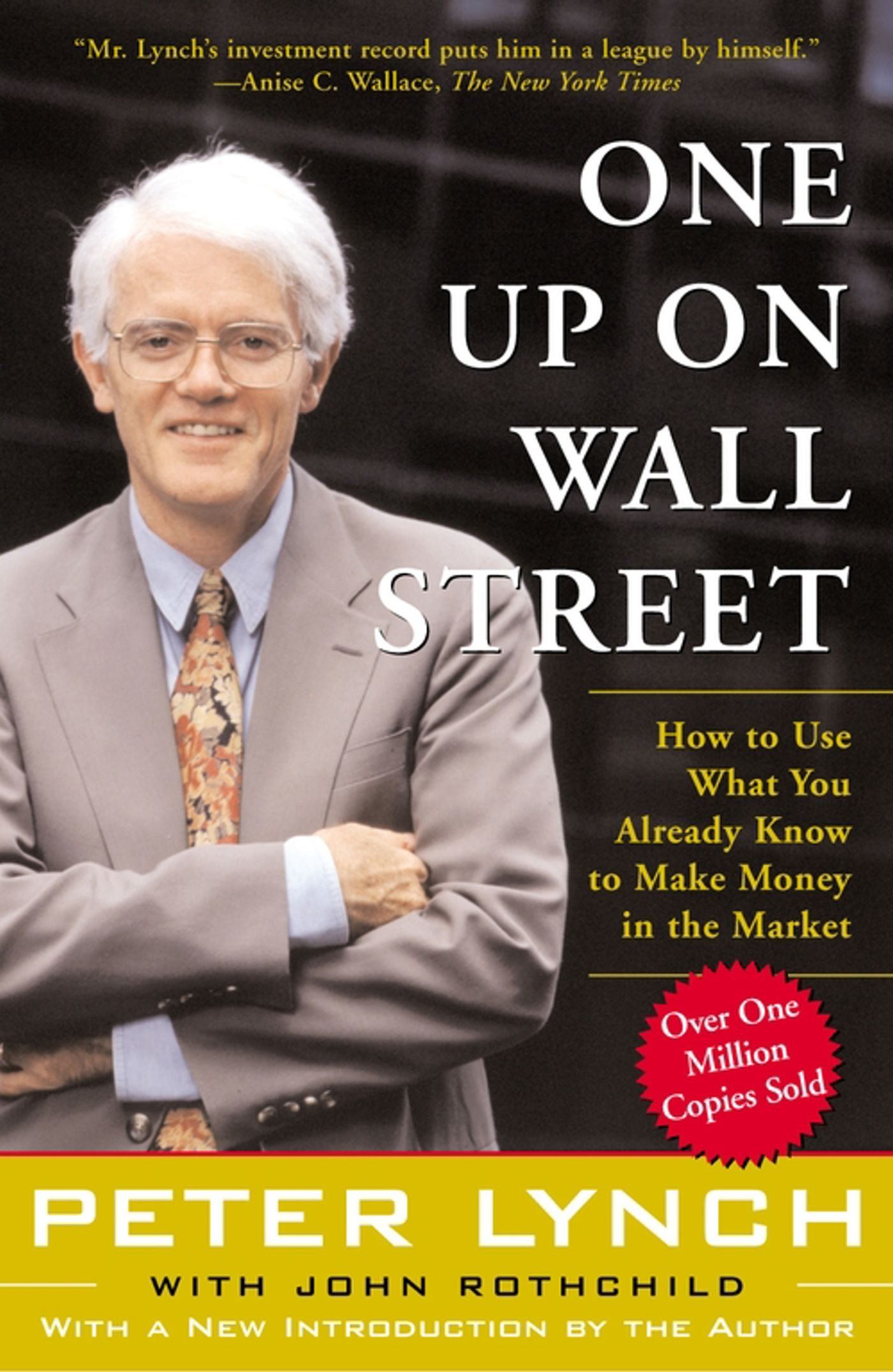How to Handle the Stock Market Meltdown 2022
It’s really easy to panic when you think immediate reaction is necessary. Check out this blog I’ve written to learn about the 4 strategies I’m using to survive this market meltdown.

It’s common to panic when things don’t go your way, especially when money is involved. Just ask the millions of people who sell their stocks during a market drop fearing that their shares are going to lose all their value.
Most of the best performing stocks in 2021 are currently experiencing severe pullbacks, and your trading app is probably showing a lot of red, a colour which screams *alert*.

But before panicking, it’s your duty as an investor to understand why this is happening and what you should be doing about it.
In this blog I’ll help you understand the reasons behind stock price fluctuations, and guide you on what you should be doing when this kind of volatility comes into the market.
What Causes Stock Price Fluctuations
A popular misconception is that the health of the economy is what determines the stock market’s value. In reality, the most influential factor is actually how confident investors are. Now, the economy may have some influence on an investor’s confidence, but there is no direct causality.
Let’s zoom in and take a look at an individual company. It could be making huge amounts of revenue but, if investors aren’t convinced that the stock of the company will pique the interest of other investors, then the price of the stock will not rise. It’s like a self-fulfilling prophecy.
If more investors buy a stock, the price will go up. If more investors sell a stock, the price will go down. It all comes down to supply and demand.
Take Tesla for example, a stock price which is completely detached from it’s revenue. The current stock price of Tesla is $926 with 1 billion shares in circulation bringing the market cap of the company to $926 billion. However, in 2020, Tesla generated only $31.54 billion of annual revenue, making it’s market cap almost 30 times bigger than it’s annual revenue.
So now you know why a simple tweet from Elon Musk can cause massive shifts in the stock and crypto markets, even with all other factors remaining unchanged.

Ultimately, if a large number of investors believe that other investors will be buying, they will buy for themselves, and so demand increases, followed by stock prices.
You can learn more about the relationship between stock prices and underlying companies from Peter Lynch’s book ‘One Up on Wall Street’. Essentially he categorises companies and explains how each group should be treated differently when investing. Whilst some require a longer time horizon, others are quick plays where you should be in and out within a few weeks.
Inflation and Interest Rates
Fear and uncertainty are the market’s natural enemies. And when you put them together, it creates a perfect storm for stock market meltdowns. So what could be putting so much fear into investors’ minds?
Inflation.
Inflation is the stock market’s kryptonite. It’s the rate of increase in prices over time. When inflation is high, it means the average cost of goods has been rising. From items like milk and bread, to car parts and microchips, everything becomes more expensive.
So what is the link to stock prices?
When inflation is low, the economy does well. Businesses can make money selling goods at lower prices, and consumers have more spending power.
But when inflation is very high or unpredictable, businesses and consumers start to feel the pain of rising costs. That’s when spending slows, layoffs become common and the economy grinds to a halt. As company profits decrease, these stocks become less appealing.
Unfortunately, that makes investors nervous. Since they don’t know what’s ahead, they become more cautious with their investments. They sell off stocks and move into bonds or cash to protect their portfolios from any downturn. That causes the stock market to drop even further.
The double whammy comes with interest rates. As interest rates rise, so do borrowing costs and the higher the percentage, the more you have to pay back for a loan of a given size.
Over the last decade, central banks have provided seriously low interest rates and global companies could borrow cash with extremely low cost. They would then invest this cash into their own development which would increase their revenue and in turn, their profits.
However, in times of high inflation, central banks use interest rates to help slow down the rise in prices. By raising rates, people stop borrowing as much, instead opting to save. As consumption decreases, inflation slows down.
What To Do When Stocks Are Going Down
Now that you've read this blog post, you may think the world is ending. I'm here to tell you, it most definitely isn't.

Here's how to get through this market meltdown:
1. Analyse your finances to make sure you’re not over leveraged
You must always ensure that you have enough liquid cash available to cover your lifestyle expenses for at least the next 6 months. If not, you may need to consider selling some of your investments. As painful as this may be, your needs should always come first. The point of investing is to utilise money that you won’t miss in the near future and so when investing in stocks, you should be prepared to not touch the money invested for a minimum of 3 years to give your portfolio time to weather any storms. Bottom line, if you don’t need the money right now anyway, then you shouldn’t lose sleep over a temporary dip in value.
2. Accept that volatility is normal in the stock market
Not every dip is a world ending crash. I promise. Understanding that the value of your investments can go both up and down is something to get your head around before you start. There is no such thing as a guarantee, so if you find these movements too stressful, you may need to look into alternative investments. Investing is like a rollercoaster, so you must build yourself a strong stomach to reap the benefits in the long run.
3. Take a long term outlook on your investments
The bigger the picture, the more data you have to analyse. When putting your money at risk, you need to zoom out. In a few years there's a chance this dip will seem insignificant. You’ll be surprised with what you can achieve when you let your investments compound over time. Many people believe growth in stocks to be linear, but in reality your investments can grow exponentially if you let them. You wouldn’t put a cake in the oven then take it out and poke it every 5 minutes, so why do the same with your long term investments?
4. Studies show that a consistent strategy often leads to greater returns
When you created your portfolio and decided on the frequency of your contributions, it was with a specific strategy in mind. Stay disciplined and stick to your plan. Changing your portfolio based on emotion negates the benefits of the planning you’ve previously done and by panicking and selling out of your investments due to emotion, you risk being out of the market and missing a recovery. I mentioned in my last point that allowing your growth to compound can lead to amazing returns, but what people forget is that compounding works the opposite way too. By missing out on just one good day in the market, your future returns may suffer exponentially.

